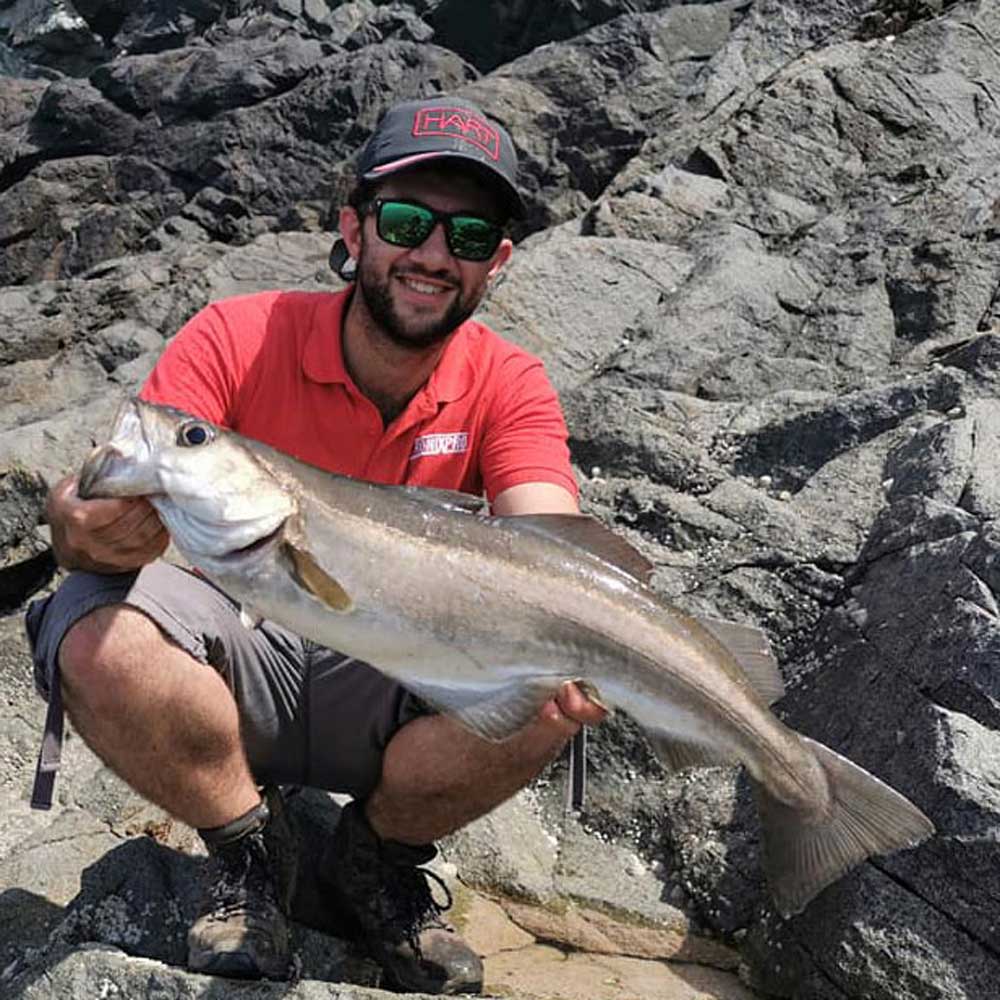Float fishing targets a wide variety of species and is an ideal tactic for the summer months when fish are actively feeding in the mid to upper water column. It requires minimal tackle and is an active form of sight fishing ideal for both family fishing as you’ll get constant action and for the more experienced angler and species hunter looking for bigger fish.
Where to Fish
Float fishing is mainly employed when fishing from static structure such as rock ledges into deeper water for wrasse, pollack, and bass. Also, from breakwaters and piers for different species of wrasse, pollack, garfish, mackerel, bass, small coalfish and smelt. Fish tend to congregate along the edges of harbour walls tight into the structure, and using a float to present baits at different depths catches lots of fish.
It can also be used over shallow rough ground to trot baits over a wide area to better locate feeding fish. Though it’s not often written about, you can also float fish inside the smaller estuary creeks using the tide flow to trot baits along the creek's bottom through the channel to target flounder, bass, and mullet.
Anglers after bigger bass and pollack use float fishing to present sandeel and small baitfish up off the seabed where these bigger predators are hunting, and for bass this is an especially effective method.
Tackle
When fishing off piers, breakwaters and harbour walls for smaller species such as mackerel and garfish, a longer 12ft rod helps you steer fish away from the close in snags. A popular choice are the multi-tipped rods offering three tips of varying power, such as our Tronixpro Banzai Mullet Rod. Use the 2oz tip for the garfish and mackerel, but if you target wrasse and pollack, use the 3oz or 4oz tips. Reels need to be a 5000 or 6000 size, such as our Tronixpro Virtuoso Air. Load with 15 to 20lb Tronixpro X8 Power Braid and use a short AXIA Fluorocarbon leader to hide the braid from the fish. The leader needs to be long enough to let you fish at depth when adjusting the float height.
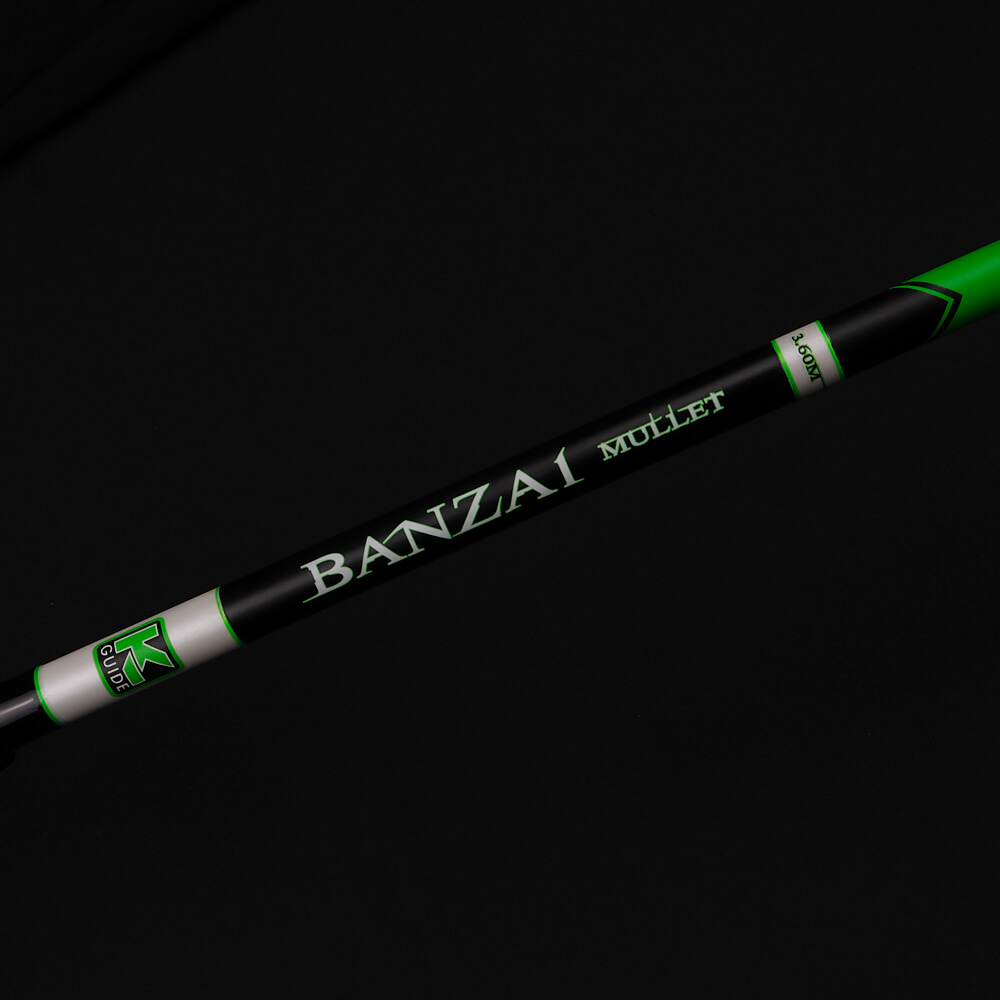
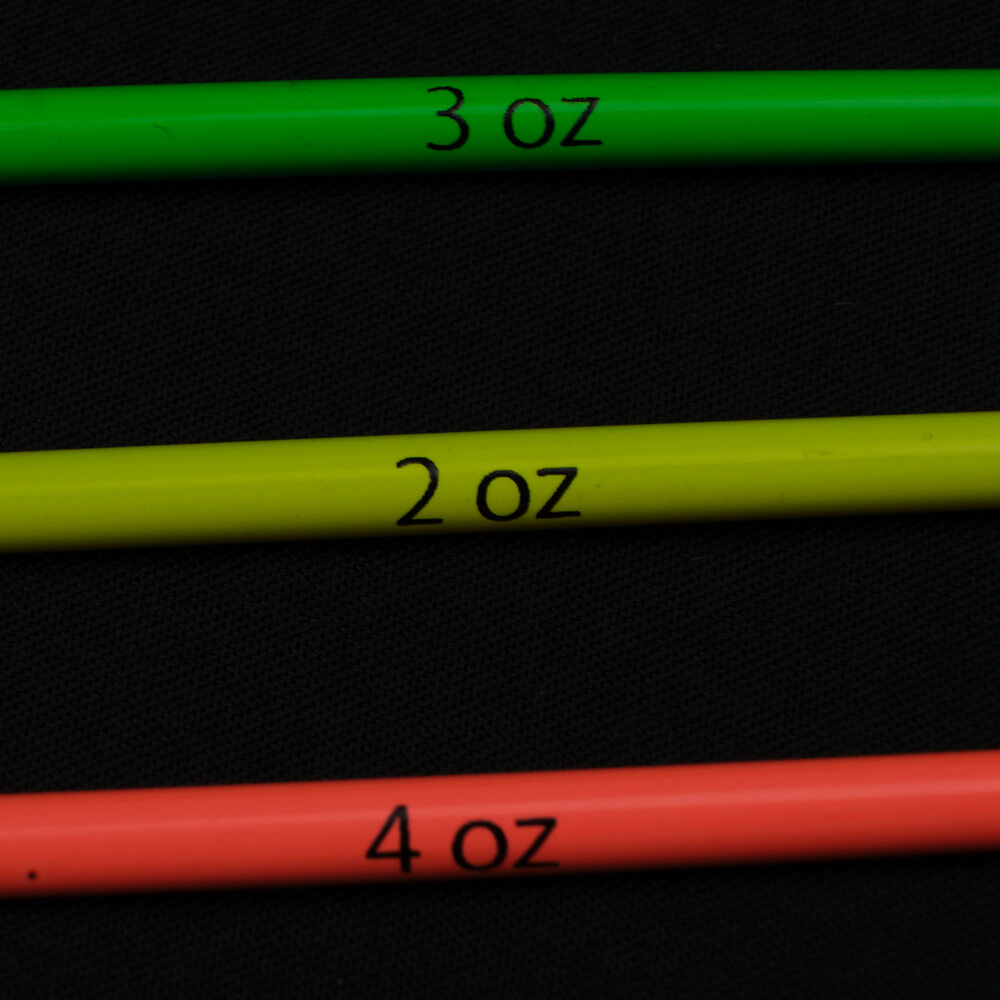
The above tackle and can also be used for mullet, and when fishing the shallow estuary creeks.
When targeting fish like bass, or bigger wrasse from rock ledges and breakwaters, either a 9ft to 10ft lure rod rated to cast up to 85g is ideal. A good choice is the HTO Lure Game Rod with a Lure Game or Nebula 4000 sized reel. For very big wrasse, the Tronixpro Banzai Bass rod coupled with a 5000 sized fixed spool reel it gives the power needed to keep them away from snags.
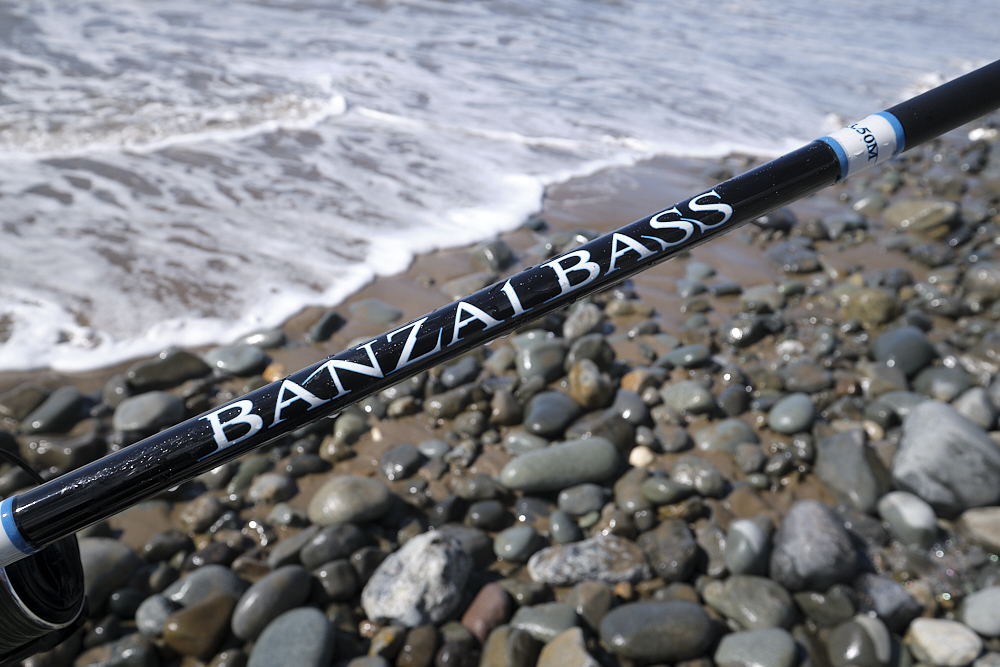
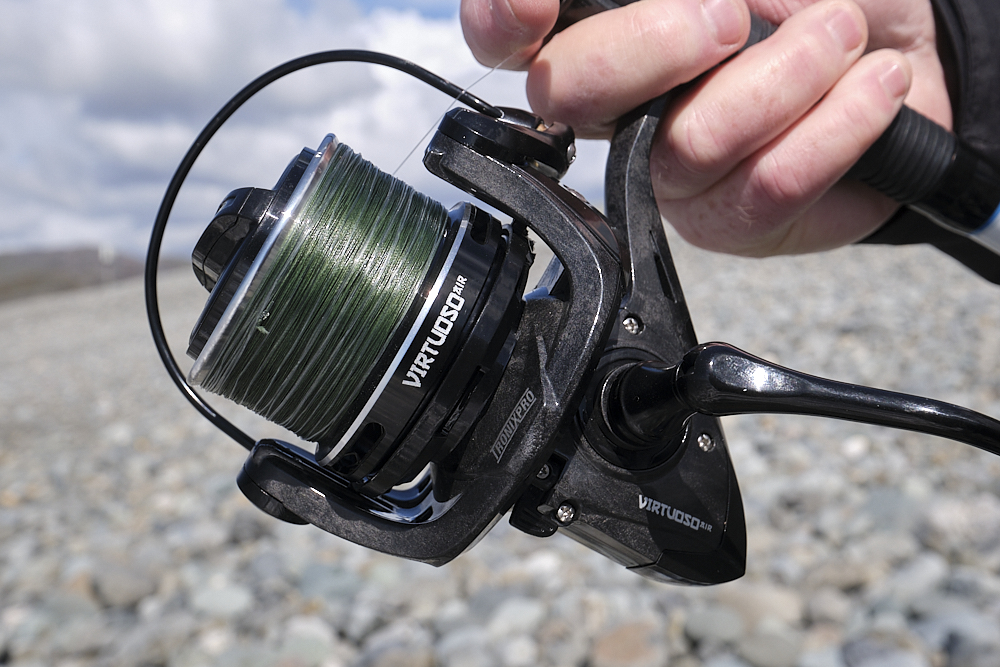
When possible, use braid lines for float fishing. Their lack of stretch and thin diameter improves bite detection, and the braid doesn’t sink as much in the water as mono will. Also, they cast lighter floats better than mono. Sizes of 15lbs and 20lbs are perfect for general fishing, but for big wrasse on the bass rod, choose 30lb braid to allow you to really pressure a big wrasse.
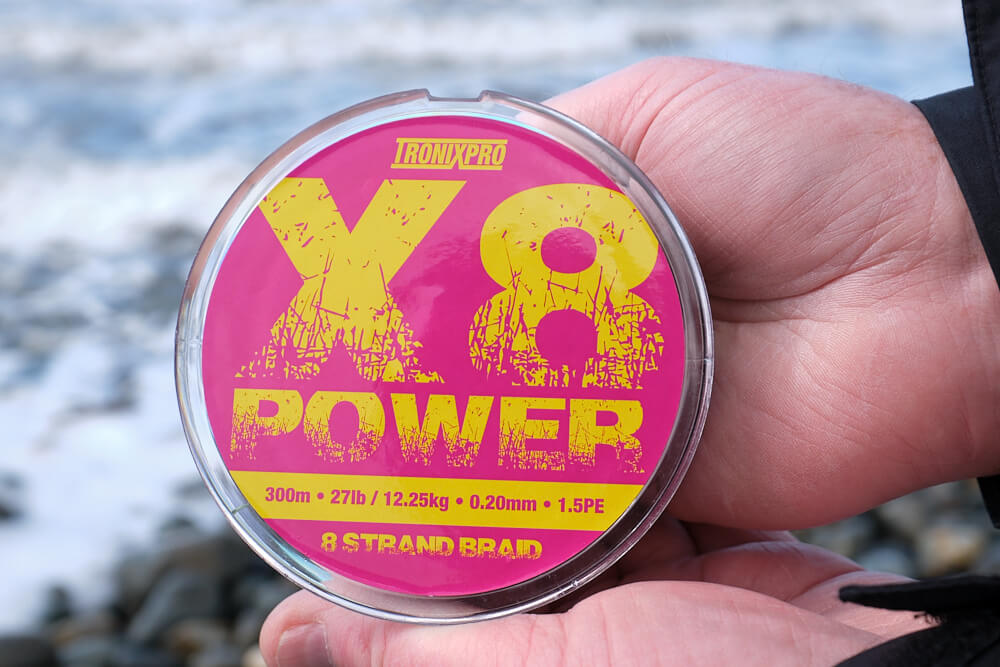
If you use a Fluorocarbon leader, shy feeding fish like mullet won’t be put off by the braid, especially in deeper water, but it’s wise to choose a lighter coloured braid, say white or pale yellow that will blend in against a light sky when viewed by the fish from below. However, when targeting mullet in shallow creeks and from harbour walls, a clear mono main line around 6lbs fished with a section of Fluorocarbon to the hook is a better choice.
The choice of float depends on the fishing situation. For mullet, then a Crystal type weighted Waggler is a great choice as it can be set low in the surface tension for maximum bite detection by using additional shot. Spread the size of shot, gradually getting smaller, down the hook trace to allow the bait to sink relatively slowly under the float as it nears maximum depth. This float type is best in calm settled water when using smaller baits such as small strips of mackerel or small chunks of worm. Position a sliding rubber stop above and below the float, and these can be slid up and down on the line to adjust the float for shallower or increased bait depth.
For general float fishing in seas with a ripple on or in water with small wave patterns, the cigar shaped floats, like our Tronixpro Loose Floats, in different sizes are best. Slide a 5mm bead then the float onto the line followed by a ball weight big enough to cock the float, then a 5mm bead. To the tag end of the line, tie on a size 6 rolling swivel. Add 18-inches of 12lb to 15lb Fluorocarbon and tie on a size 6 to 2 hook, depending on bait size. Above the float and top bead, use a Tronixpro Rubber Stop. This will slide up and down and allows you to set the depth the float sits and the bait fishes at. Alternatively, you can use Tronixpro Rig Gum to tie in a stop knot to replace the Rubber Stops. You can also buy float kits, fully rigged to go, such as our Tronixpro Deluxe and Standard Float Kits.
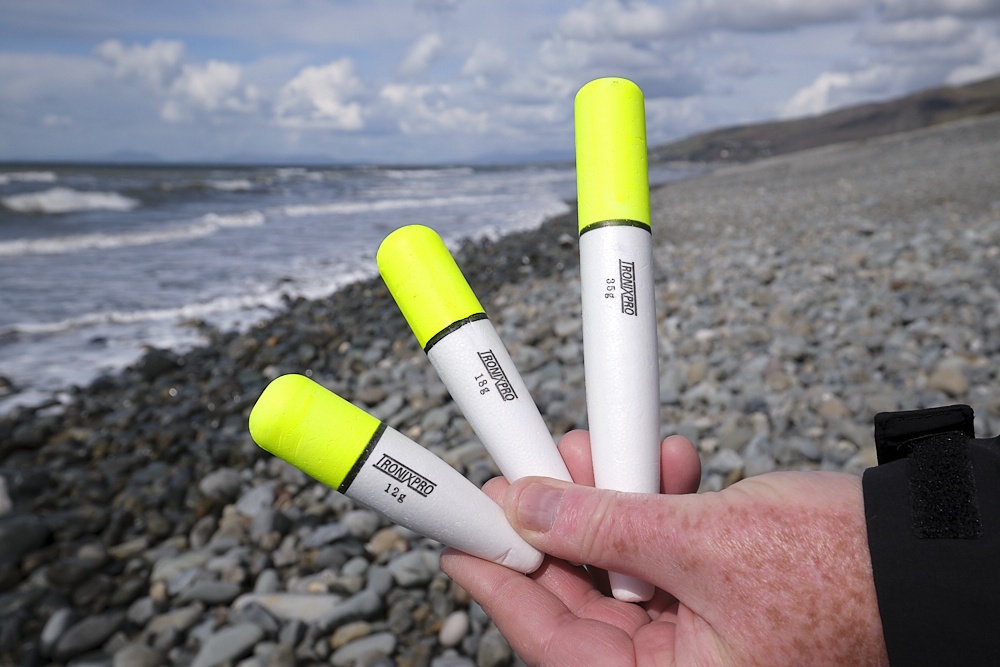
The same float set up as above also works well for bigger wrasse, pollack and bass, just up the size of the float to cope with bigger baits and rougher sea conditions.
When choosing the ball weights, aim to get the float to sit no more than 1-inch higher than the surface of the sea. The float is clearly visible and may occasionally dip slightly below the surface, but when a fish takes it will slide down vertically, or more likely disappear at an angle and is far more animated than a rippled sea surface can cause.
Equally, do not use a float that is too big. Judge the conditions on the day and use a float that is just big enough to hold the bait at the right depth and not be continually swamped by waves or sea swell.
Baits
For smaller species like garfish and mackerel, smaller wrasse and the like, use mackerel, sandeel or squid strips from a half-inch to 1.5-inches in length and about 0.25inch in width. Just hook the strip at one end and leave the strip to move on the hook, as this movement looks more natural. Small sections of ragworm, lugworm, mussel and maddie rag also work well. Try to leave a little of the worm to trail below the hook, again to add natural movement.
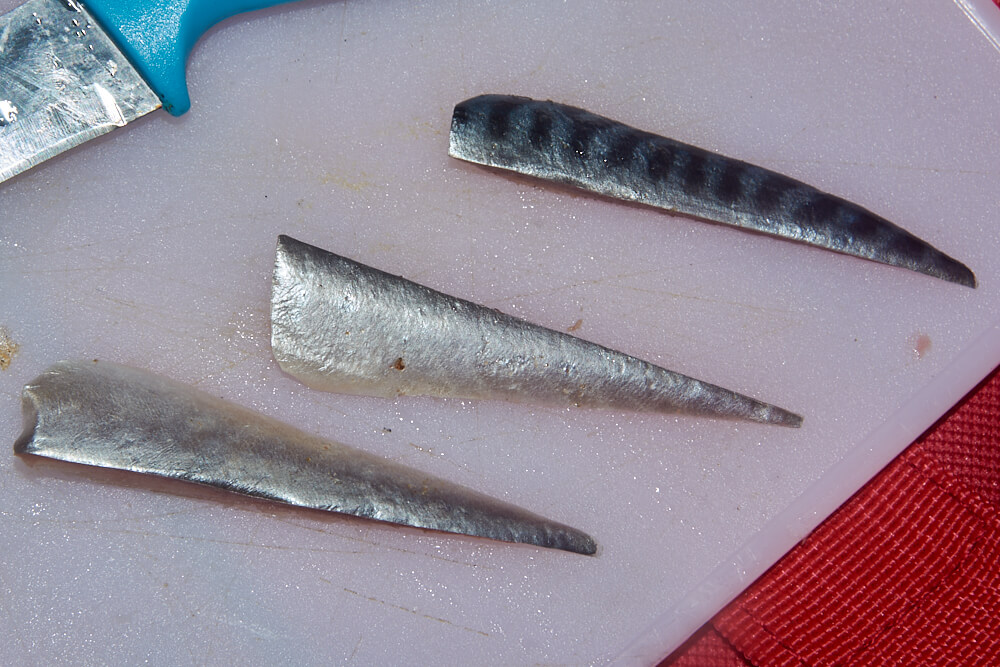
For bigger wrasse, use strong 2/0 to 3/0 hooks and fill the hook with lugworm, ragworm, or better still, peeler crab. The crab baits need to be the size of a 50p piece. Wrasse are one of the few fish that will take hardback crab, too. Pass the hook in from the rear belly of the crab and bring the point out through the back of the upper shell. This leaves the legs hanging and looks very natural to the wrasse.
A whole ragworm fished below a float is deadly for the bigger pollack when fishing the deep-water rock ledges. It also works well for bass over shallower ground. For bass, use a sandeel hooked through the top lip, or a small baitfish, again hooked through the top lip.
Groundbait
Using a mesh bag of mashed up bread with a couple of tins of pilchards added or crushed up in the hand old soft mackerel and tying this off to just dip in the water will release a steady flow of food into the tide. This will attract all manner of fish, especially mullet, wrasse, garfish and smelt. It’s a tactic to employ when you’re fishing from structures such as piers, breakwater, and harbour walls.
Also, worth doing is flicking small bits of mackerel the size of your thumbnail or small into the water and let them sink. This will also bring fish in and works best for pollack and wrasse.
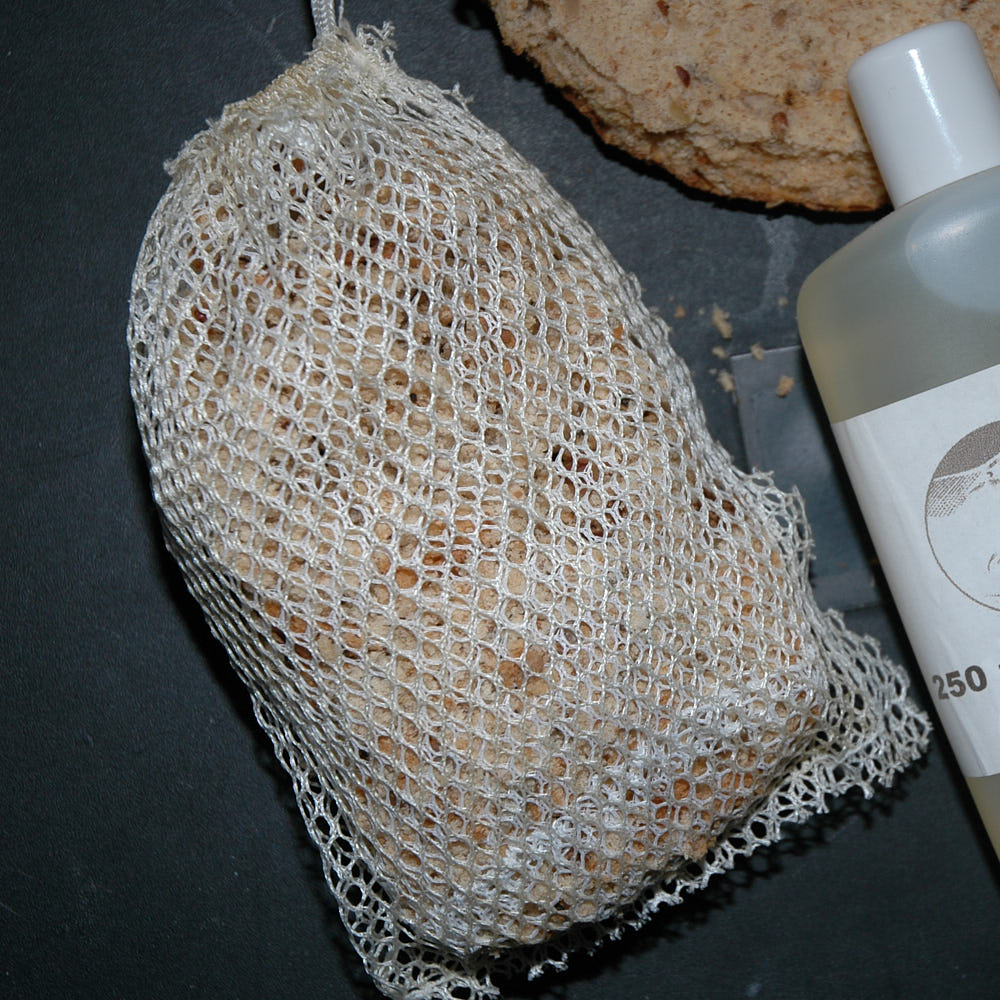
Method
Always try to locate fish by sight. Often, you’ll see mackerel and garfish showing on or just below the surface. Set the float so that the bait has no weight near the hook and lets the bait sink slowly.
If you can’t see the fish, then start fishing say 6ft down and each cast increase the height of the float to fish the bait 12-inches deeper until you find the fish. Generally, the gars are highest in the water with the mackerel that little bit deeper, but equally they can be just up off the seabed, so constant rechecking of the bait depth is essential.
When after wrasse and pollack off breakwaters, use any tide flow to trot the bait as close to the boulders that make up the structure. The fish are in the holes between the boulders and see the bait as it drifts past, darting out to take it.
Inside estuary channels, again, don’t cast too far. The fish are mostly tight in along the edges, and this is where the float needs to fish. The aim is to have the bait just tripping the seabed as it travels, to present the bait naturally to the fish.
Always vary the distance you fish the float at. Fish are usually quite close into structure, but fish like gars and mackerel, bigger bass and pollack, can be further out, especially in deeper water, so make sure your float fully works this ground.
One trick that induces bites is to occasionally pull the float back a few feet, then let it carry on trotting down. This lifts the bait up in the water, then it gently falls back. This lift and drop can instantly trigger a bite from all species.
